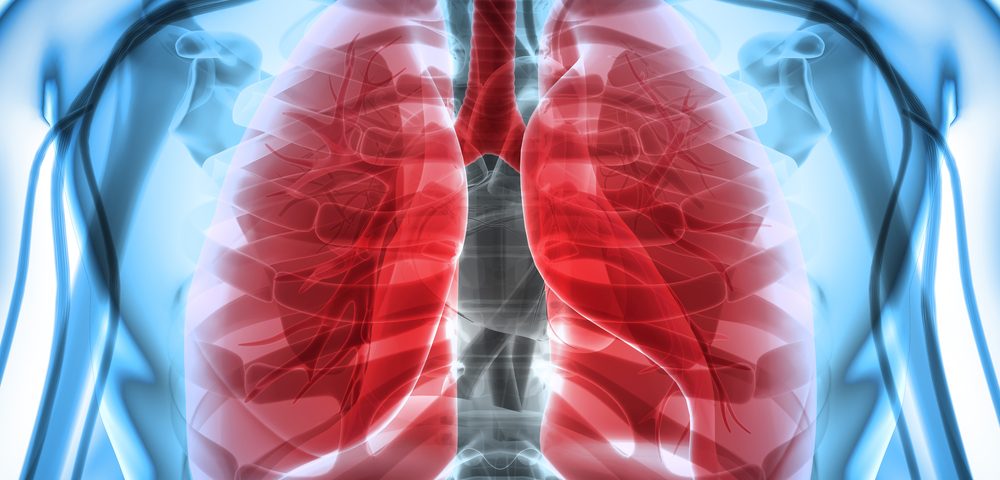Nearly 16 years after terrorists destroyed New York’s World Trade Center, people who were exposed to high concentrations of hazardous materials and dust clouds still face significantly higher rates of chronic diseases, including heart and respiratory illnesses, finds an epidemiological study of 9/11 survivors.
The study, “Injury, intense dust exposure, and chronic disease among survivors of the World Trade Center terrorist attacks of September 11, 2001,” appeared in the journal Injury Epidemiology.
The 9/11 attacks on the twin towers killed nearly 3,000 people injured thousands more through exposure to toxic concentrations of hazardous materials such as fine particulate matter, caustic dusts, volatile organic compounds and heavy metals. Those most exposed to these toxins included the occupants of nearby buildings, residents of Lower Manhattan, passersby, early responders and rescue workers.

Multiple post-9/11 studies have reported increased levels of asthma and other lung diseases, as well as post-traumatic stress disorder among those who survived and were exposed to the toxic environment.
However, “few studies have discriminated between health consequences of immediate (short-term or acute) intense exposures versus chronic residential or workplace exposures,” wrote authors of this latest study, conducted by researchers from the New York City Department of Health and Mental Hygiene, as well as Columbia University’s Mailman School of Public Health.
By measuring adjusted hazard ratios — a measure used in many epidemiological studies — researchers determined the level of association between acute exposure to several components and four chronic disease outcomes: asthma, other non-neoplastic lung diseases, cardiovascular disease and diabetes.
For 11 years, they studied 8,701 people who had none of these conditions prior to 9/11 and who were physically present during or immediately after the terrorist attack. They found an increased risk for several chronic diseases among those who had a predominant acute exposure to specific components released during 9/11.
Heart disease showed a dose-response association with 9/11-related injuries, while lung diseases, including asthma, were significantly linked to dust cloud exposure. Diabetes showed no association with any of the predictors assessed in this study, which concludes that clinicians “should be aware of the potential risk of chronic disease among those exposed to the World Trade Center attacks.”

